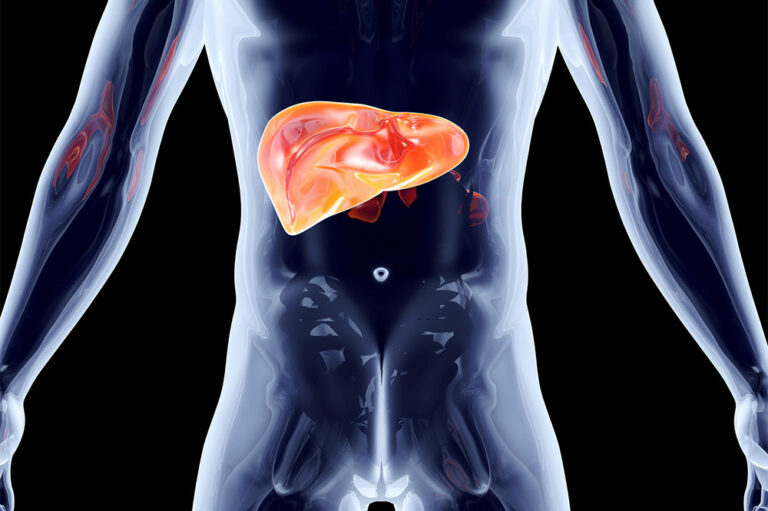
8 common signs of narcolepsy
Narcolepsy, a relatively rare sleep disorder, can significantly impact an individual’s daily life. Often misunderstood and misdiagnosed, narcolepsy is characterized by excessive daytime sleepiness and a range of other distinctive symptoms. This comprehensive guide will delve into narcolepsy, exploring its common signs, possible causes, diagnosis, and management. Understanding its signs is the first step in seeking proper medical attention and improving one’s quality of life.
Here are a few common signs of narcolepsy:
- Excessive Daytime Sleepiness (EDS)
Narcolepsy’s main symptom is excessive daytime sleepiness. It is characterized by an irresistible urge to sleep during the day, leading to unexpected and uncontrollable episodes of drowsiness. These sudden bouts of sleepiness can feel like intense pressure to fall asleep, significantly disrupting daily activities. EDS can be profoundly disruptive, impairing cognitive performance, memory, and concentration. It often leads to microsleeps—brief, involuntary episodes of sleep that can occur during crucial tasks, such as conversations or driving, potentially resulting in accidents or errors. - Sudden muscle weakness
Cataplexy is a distinctive feature of narcolepsy, characterized by abrupt, short-lived episodes of muscle weakness or paralysis. Strong emotions like laughter, surprise, or anger typically trigger these episodes. The severity can vary from mild muscle drooping to complete physical collapse. Cataplexy episodes can be socially challenging and emotionally distressing, affecting an individual’s social life and relationships. To avoid these episodes, individuals with narcolepsy should limit exposure to emotionally charged situations. - Sleep paralysis
Sleep paralysis is another unsettling experience associated with narcolepsy. It occurs when waking up or falling asleep and involves a temporary inability to move or speak. Often, it’s accompanied by vivid hallucinations, adding to the eerie sensation. Feeling trapped within one’s body during sleep paralysis can be distressing. Although brief, lasting only a few seconds to minutes, these episodes can have a lasting psychological impact. - Hallucinations
Narcolepsy can lead to vivid and sometimes terrifying hallucinations. These hallucinations primarily occur during the transition from wakefulness to sleep (hypnagogic) or from sleep to wakefulness (hypnopompic). They can feel incredibly real, blurring the line between dreams and reality. Hallucinations can cause disorientation and distress, potentially leading individuals to misinterpret their surroundings. This can contribute to heightened sleep-related anxiety. - Microsleeps
Microsleeps are brief episodes of sleep lasting just a few seconds, often occurring without the individual’s awareness. These micronaps can intrude into daily activities, posing risks like accidents or errors. Microsleeps can be dangerous when they interrupt tasks demanding attention, such as driving or operating machinery. Their occurrence poses a significant safety hazard. - Fragmented nighttime sleep
Narcolepsy often results in fragmented nighttime sleep with frequent awakenings during the night. This further exacerbates daytime sleepiness, making maintaining a consistent sleep schedule challenging. Fragmented sleep intensifies daytime sleepiness, complicating the management of narcolepsy. - Automatic behavior
Narcolepsy can manifest as automatic behavior during which individuals continue performing tasks like typing or driving while partially asleep. They may have no recollection of these actions afterward. Automatic behaviors can pose risks, especially when individuals engage in activities requiring attention and precision. This symptom underscores the complexity and unpredictability of narcolepsy’s impact on daily life. - Impaired memory and cognitive function
Narcolepsy can lead to cognitive difficulties, including memory problems, poor concentration, and a reduced attention span. This cognitive impairment can significantly impact an individual’s daily life and performance at work or school. Memory and cognitive issues can lead to frustration and decreased quality of life. Managing narcolepsy-related cognitive symptoms requires strategies such as scheduled naps and lifestyle adjustments to accommodate cognitive fluctuations.












